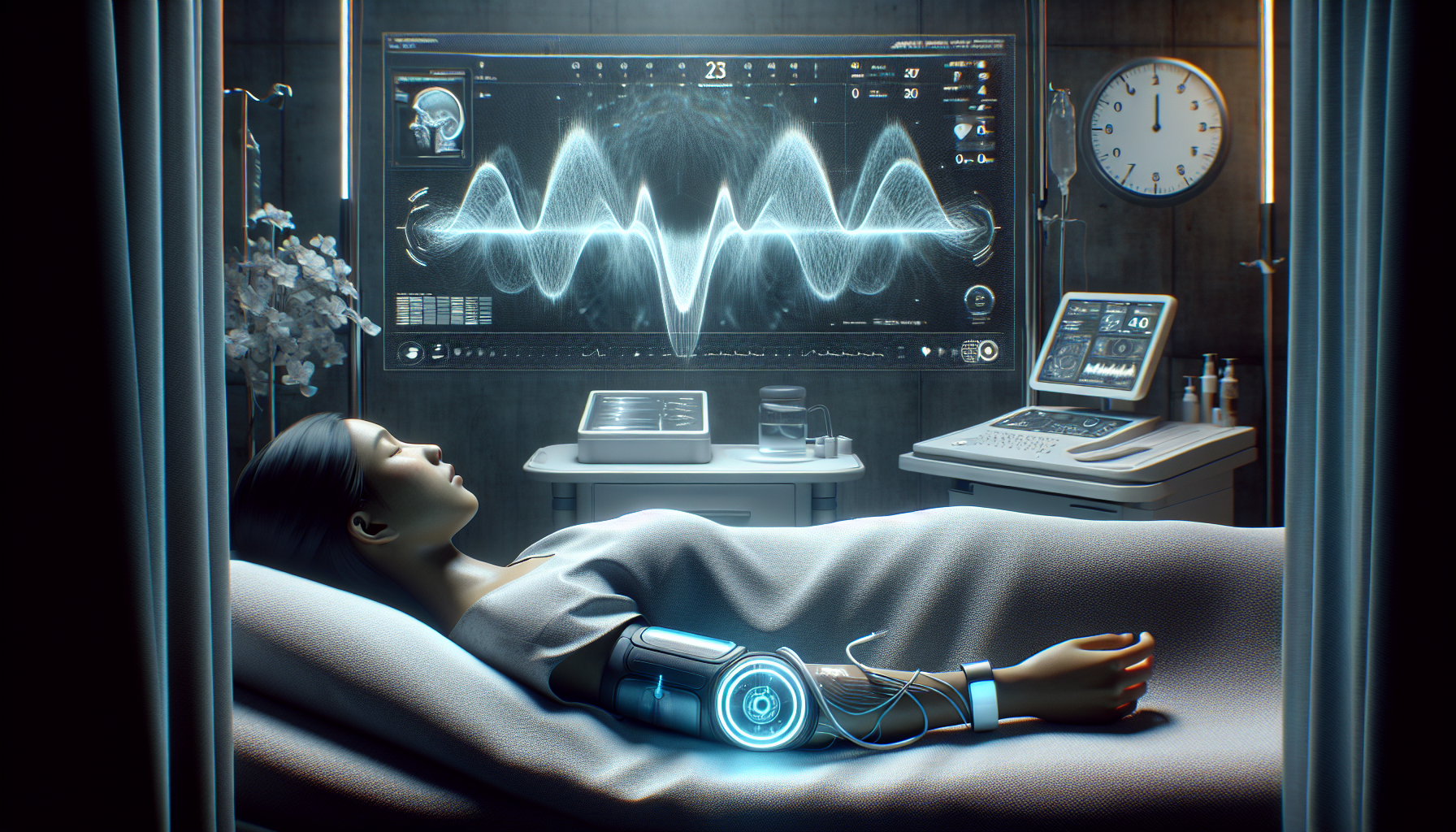The End of the Cuff?
Imagine checking your blood pressure as easily as glancing at your phone. No squeezing cuffs. No clinic visits. Just a small patch on your skin, quietly working in the background. That's the promise of a new wearable ultrasound patch developed by researchers at the University of California, San Diego. Unveiled on June 1, 2025, this tiny device could change how we monitor one of the most important indicators of health-blood pressure.
Why It Matters
Hypertension is often called the "silent killer" for a reason. It affects over 1.3 billion people worldwide and contributes to heart attacks, strokes, and kidney failure. Yet, most people only check their blood pressure occasionally, often missing dangerous spikes or drops. Traditional monitors are bulky, uncomfortable, and only provide snapshots. This new patch offers something radically different: continuous, real-time monitoring without the hassle.
How It Works
The patch is about the size of a postage stamp and sticks to your skin. Inside, it uses tiny ultrasound transducers to send sound waves into your body. These waves bounce off your arteries, and the returning signals are analyzed to measure blood flow and pressure. It's like having a mini ultrasound machine on your arm, working 24/7.
Unlike traditional cuffs that inflate and deflate, this patch doesn't interrupt your day. It tracks changes in blood pressure as they happen, even while you're walking, sleeping, or exercising. The data is sent wirelessly to a smartphone app, where users and doctors can view trends, set alerts, and make informed decisions.
Clinical-Grade Accuracy
In early trials with 50 participants, the patch delivered readings within 5 mmHg of clinical standards. That's close enough to rival hospital-grade equipment. It also performed well during movement, a common weakness of traditional monitors. The battery lasts up to 24 hours, making it suitable for daily use or overnight monitoring.
Dr. Sheng Xu, the lead researcher, believes this could be a game-changer. "This technology could enable early detection of hypertensive episodes, reducing risks of heart attack and stroke," he said during the announcement. For people with chronic conditions, the ability to monitor blood pressure continuously could be life-saving.
Challenges Ahead
Not everyone is ready to declare victory just yet. Dr. Maria Lopez, a cardiologist at Stanford, cautions that more testing is needed. "While the patch shows promise, large-scale clinical validation is needed to ensure reliability across diverse populations and conditions like arrhythmias," she said.
There are also questions about cost, insurance coverage, and how the device will integrate with existing healthcare systems. But the potential is undeniable. In remote areas with limited access to doctors, a patch like this could offer a lifeline. For tech-savvy users, it could become as common as a smartwatch.
Part of a Bigger Trend
This patch isn't arriving in a vacuum. It's part of a growing wave of wearable health tech that includes smartwatches, fitness trackers, and glucose monitors. But while most wearables focus on general wellness, this device aims for clinical precision. It's not just about counting steps-it's about saving lives.
With cardiovascular disease causing nearly 18 million deaths each year, the need for better monitoring tools is urgent. This patch could fill a critical gap, offering a non-invasive, user-friendly way to keep tabs on a vital sign that too often goes unchecked.
What's Next?
The research team is now working on refining the design for mass production. They're targeting FDA approval by 2027. If successful, the patch could be available to consumers within a few years. It might start in hospitals and clinics, but the goal is to make it accessible to anyone, anywhere.
We're entering an era where your body can talk to your phone-and your phone can talk to your doctor. The line between medical device and everyday accessory is blurring. And in that blur, there's a chance to catch problems before they become emergencies.
Sometimes, the most powerful innovations are the ones you barely notice-until they save your life.
